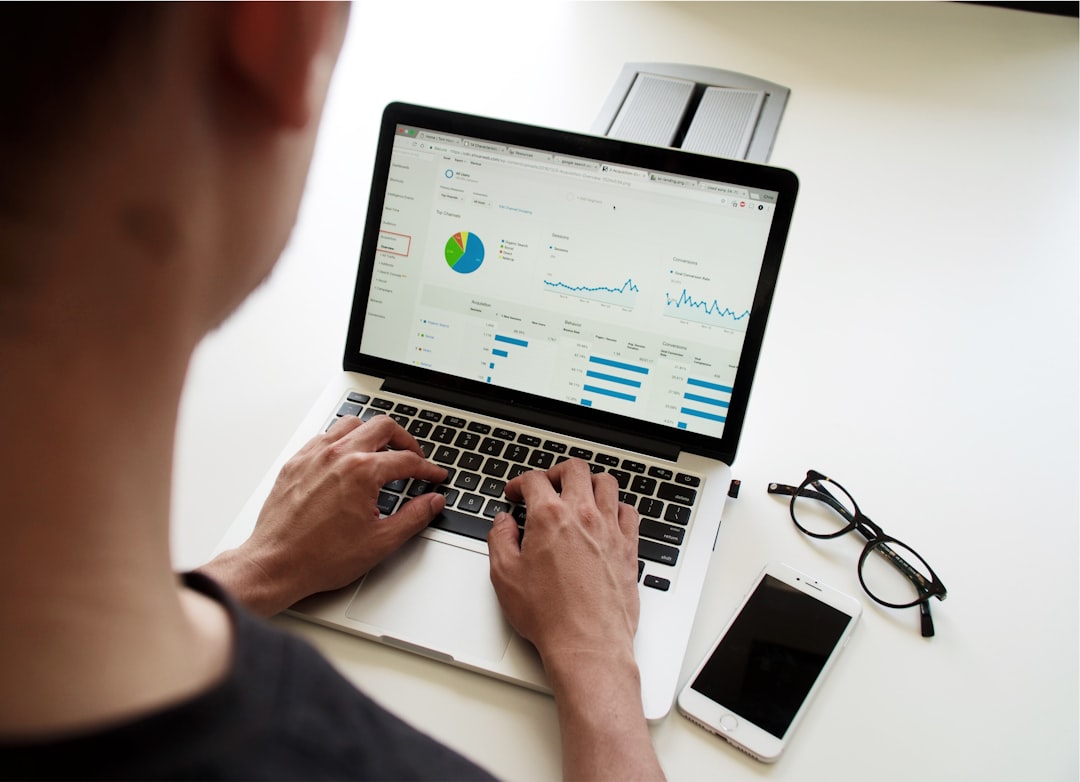
The Ultimate Guide to Economic Indicators.
# Introduction. Economic indicators are vital statistics that help assess the economic health and performance of a country. For businesses, investors, and policymakers, these indicators provide insight into economic trends, forecast potential changes, and guide decision-making. Understanding these indicators enables individuals and institutions to navigate the complexities of the economy effectively. This guide aims to demystify economic indicators, categorize them, and explain their significance in shaping economic policies and investment strategies. # Types of Economic Indicators. Economic indicators fall into three primary categories: leading, lagging, and coincident indicators. Each type offers unique insights into economic performance and trends. ## Leading Indicators. Leading indicators are statistics that tend to forecast future economic activity. They move ahead of the business cycle, providing insight into the direction of the economy. Common examples include stock market performance, new housing starts, and manufacturing orders. For instance, if the amount of new housing construction increases, it typically indicates a growing economy, as more homes suggest consumer confidence and spending. ## Lagging Indicators. Lagging indicators are statistics that follow an economic event and provide confirmation of trends. These indicators are useful in understanding how the economy has behaved over a specific period. Examples include unemployment rates, corporate profits, and consumer price indices. For instance, an increase in the unemployment rate typically follows an economic downturn, reflecting the effects of prior economic conditions. ## Coincident Indicators. Coincident indicators occur simultaneously with the economic cycle and help determine the current state of the economy. They include metrics such as GDP (Gross Domestic Product), personal income, and industrial production. By analyzing coincident indicators, policymakers can understand ongoing economic conditions, which are crucial for making timely decisions and adjustments to policy or legislation. # Key Economic Indicators to Monitor. While there are numerous economic indicators available, several key indicators are crucial for analysis. Each serves distinct purposes in measuring various economic aspects. ## Gross Domestic Product (GDP). GDP measures the total value of all goods and services produced in a country within a specific timeframe. It serves as the broadest indicator of economic activity and growth. A rising GDP signals a growing economy, while a falling GDP may indicate an economic slowdown. ## Consumer Price Index (CPI). The CPI measures the average change over time in the prices that consumers pay for a basket of goods and services. It is a critical measure of inflation. An increasing CPI suggests rising inflation, which could reduce consumers' purchasing power, while a falling CPI may indicate deflation, often leading to economic contraction. ## Unemployment Rate. The unemployment rate measures the percentage of the labor force that is unemployed and actively seeking employment. High unemployment typically signifies economic distress, while low unemployment often indicates economic health and vitality. Monitoring this statistic can help identify periods of economic recovery or downturns. # How to Use Economic Indicators. Understanding how to use economic indicators effectively requires analyzing their trends, relationships, and impacts on various sectors. Here are some strategies: ## Trend Analysis. Monitor changes in indicators over time. Identifying trends helps to understand long-term economic patterns and cycles, enabling better forecasting and planning. ## Correlation Observation. Examine how different indicators correlate with each other. For instance, rising consumer confidence often leads to increased spending, which in turn affects GDP growth. Understanding these relationships can offer insight into making informed business decisions. # Conclusion. Economic indicators serve as essential tools for understanding the economy's current state and predicting future performance. By distinguishing between leading, lagging, and coincident indicators, individuals can make informed decisions that reflect economic realities. Monitoring key metrics like GDP, CPI, and unemployment provides a comprehensive view of the economic landscape, ultimately guiding investment strategies and policy decisions. As we move forward, staying informed about economic indicators will remain crucial in navigating the dynamic business environment we're experiencing. .








